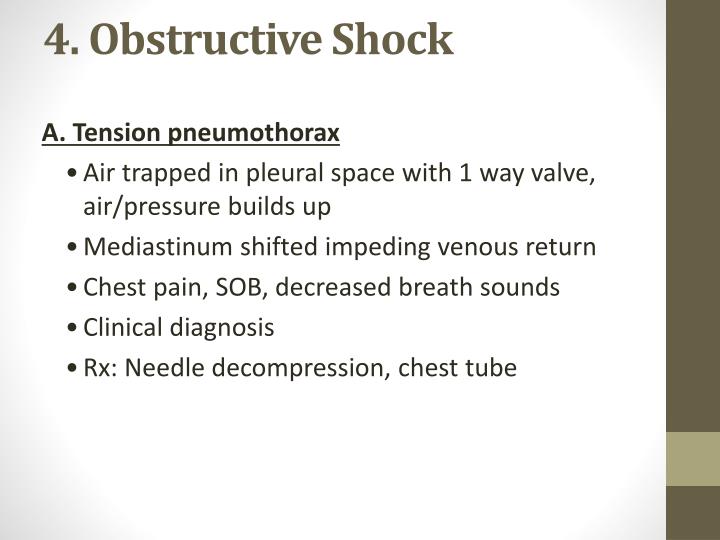
Hyperglycemia (blood glucose >140 mg/dl) with no history of diabetes. Hyperbilirubinemia (plasma total bilirubin >4 mg/dl ). High blood level of procalcitonin (>2 std dev above normal). High blood level of C-reactive protein (CRP) (>2 std dev above normal). Hypotension: systolic BP 40 mm Hg or the need for vasoactive drugs to maintain normal BP. Abnormal body temperature: hypothermia, 100.4☏/38.3☌. First-line emergency care practitioners should perform a thorough physical exam (Perman et al., 2012).Ī septic patient has an infection and a number of the following signs. Likewise, no single list of signs, symptoms, and test values has been discovered that can faithfully identify the condition, especially early on. Moreover, in some septic patients with an underlying infection, blood cultures are negative for microbes.ĭespite a great many clinical studies of septic patients, none have found a simple test for sepsis. Some septic patients-notably, the very young, the elderly, and the immunocompromised-present with no fever. For example, a significant number-one study found 40%-of septic patients have a normal rate of respiration. There is much overlap in the initial hemodynamic alterations with disease entities such as burns, trauma, and pancreatitis, and clinical judgment must be used in order to accurately diagnose the septic patient (Perman et al., 2012 Herlitz et al., 2012).Ī second difficulty is that septic patients do not always present with the same list of signs. The signs are non-specific and each sign can be produced by a wide range of causes. Not all individuals who have SIRS criteria are septic and not all patients who are septic meet the SIRS criteria. It is important to stress that few if any patients in the early stages of the inflammatory responses to infection are diagnosed via the four SIRS criteria. Widened pulse pressure (Pulse pressure is the difference between the systolic and the diastolic blood pressure values.). The severity of the septic reaction should also produce other warning signs, such as: 
Septic patients should look ill and should have the classic signs of a systemic infection: Septic patients have an underlying infection with a systemic response. However, a definitive diagnosis of sepsis can be difficult (Perman et al., 2012). During the first encounter with the healthcare delivery system, much information can be gleaned with respect to the presence or potential for the evolution of sepsis to septic shock. Emergency department triage systems are designed to classify patients by severity of illness, with an initial set of vital signs, chief complaint, and focused physical exam. Delay in diagnosis and treatment often results in rapid progression to circulatory collapse, multiple organ failure, and eventual death. The initial management of sepsis requires rapid identification of sepsis. Septic shock is then characterized by overall tissue hypoperfusion, tissue hypoxia, or general hypotension that fails to respond to fluid resuscitation (Tannehill, 2012). If that same patient has signs or symptoms of organ dysfunction, then that patient has severe sepsis. If a clinician believes that a patient is exhibiting SIRS secondary to infection, that patient has sepsis.


Severe sepsis and septic shock are unfortunately common, complicated and deadly conditions within the same pathophysiologic spectrum.







 0 kommentar(er)
0 kommentar(er)
